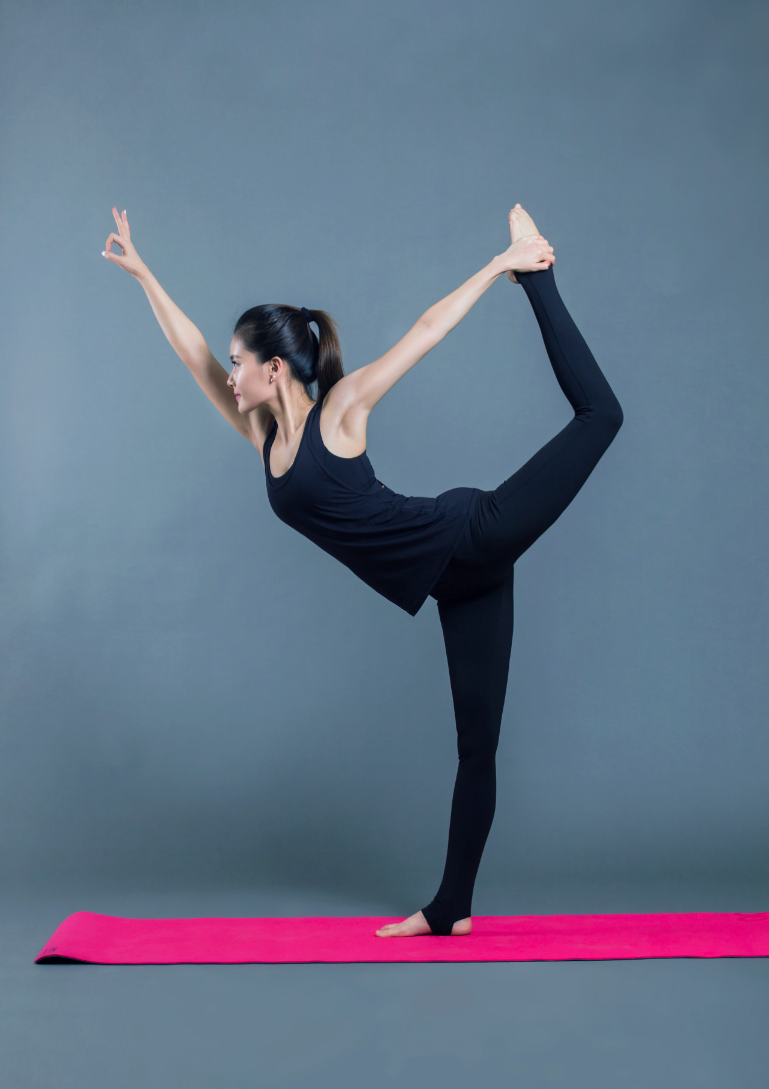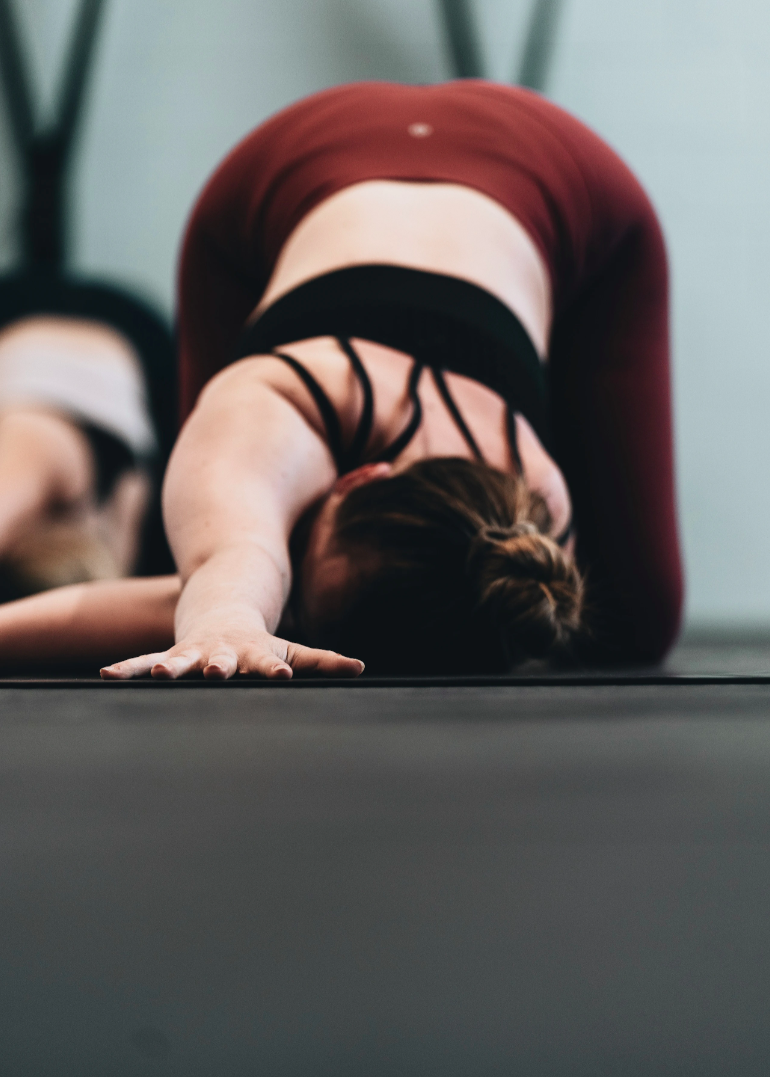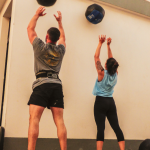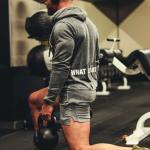The body quickly adapts when we get into a workout regimen because our movements become instinctive. We refer to this as muscle memory. While learning how to perform squats, push-ups, or crunches correctly is a benefit, leaning too much on these exercises to continuously increase gains won’t produce the outcomes you’re looking for. This is so because the muscles always function in the same manner.
In other words, people don’t feel “surprised,” therefore they become complacent.
One method to surprise your muscles is to include flow yoga to your regimen, especially if you are new to yoga and have never attempted the poses. When you drive, it’s like taking a new road home, diverging from your typical path. According to scientific research, doing so causes your brain to develop new neuropathways. When you try a new routine, your muscles go through the same thing.
How Flow Yoga Can Improve Your Workout Results
Consider your most recent workouts:
When you lift weights, you need outside equipment to activate all of your different muscle groups. Your shoulders, knees, or biceps will eventually start to anticipate the weighted plates or dumbbells in the familiar repeating movements.
We use our bodies as the weight in flow yoga. When you combine gravity with countless various poses and combinations, you get a workout that works the same muscle areas in numerous different ways.
Every muscle in the body is worked during a stance like the plank because it keeps the body in a single long line. Even though it is a stationary pose, there is no place for inactivity; it calls for muscle control and activation.
In contrast, a flow sequence forces your body to quickly transition from one pose to the next, giving you a more even and well-rounded utilization of your primary muscle groups.
These postures and exercises not only revitalize the body in a pleasant way, but they also provide you the chance to learn something new, which is beneficial to the mind.

In conclusion? By adding flow yoga to your training routine, you may use your muscles in ways that “surprise” them and hence promote their growth and performance. It’s like clicking the shuffle button on your exercises.
Energizing Yoga Flow with Cardio
Vinyasa is another name for flow yoga. Vinyasa is generally translated from the Sanskrit phrase meaning “one breath, one movement,” which is the sacred language of the practice and its Indian origins.
First and foremost, following this advice will improve your breathing and show you how to switch from the conventional shallow, chest-only breathing to a deeper, belly-chest breath that makes use of the complete respiratory system.
This has numerous health benefits (fight allergies, get rid of toxins, decrease tension, ease anxiety), but it also has a significant impact on our muscles and, consequently, our workout.
While the aerobic advantage will get you warmed up to take on the more difficult postures in a flow yoga session, flooding your muscles with rich oxygen will only keep them healthy. This stops cramps and injuries.
The Sun Salutation sequence is the best illustration of an intense cardio workout in flow yoga. Until the sequence is complete, each stance is ended on an inhalation or an exhalation. You can repeat a complete sequence multiple times to encourage you to take longer, deeper breaths. The cycles loosen and warm up the body, preparing it for longer-held stationary positions.
The Sun Salutation Flow is demonstrated here:
The Sun Salutations prime and prepare the muscles with revitalizing breath rather than forcing them into a strenuous workout.
You might wonder why this is significant. since warmed-up muscles are happy muscles.
What I Love Most About Flow Yoga
What benefits most from doing flow yoga? Flexibility and strength are being developed.
A balanced workout routine’s Mecca is strength and flexibility. Let’s examine these two separately to see how they compare before discussing why this is significant:
Strong Stan.
Strong With heavy dumbbells, Stan is performing bicep curls at the gym. His muscles are at their largest and he boldly flaunts them.
Strong Stan enjoys lifting weights, but he frequently neglects warm-ups and stretching. He immediately begins a strenuous workout since he simply cannot understand how that would help him continue to grow muscle.
Stan’s muscles are sore, but a bystander wouldn’t know it. Stan’s muscles are shortening and tightening without enough flexibility or intentional stretching. Due to the restricted range of motion of un-stretched muscles, this eventually results in joint damage.
Big muscles are a sure sign of strength, but here’s the twist: if flexibility isn’t prioritized, they’ll always be at risk.

Fiona is flexible.
Flexible Fiona is relaxing herself into a backbend in a flow yoga session. She strikes the posture with ease and holds it for a few breaths as the instructor cues the group.
Despite the teacher’s instructions to contract the glutes and remember that this is an active pose, Flexible Fiona chooses to do the opposite and relaxes into the position by forgoing the strength she should be developing.
Many students in the class would consider Fiona’s execution of the backbend to be successful, if not even envious. Fiona doesn’t understand, though, that her extreme flexibility is actually bad for her joints.
The “absolute range of motion” has been described as flexibility by martial arts instructor Tony Gummerson. That line of absolute range is frequently hazy for flexible persons and is, in reality, disregarded.
Since Fiona has considerably larger ranges of flexibility than Strong Stan might in a similar stance, it is quite simple for her to move outside her range of motion.
Fiona needs to strain the limits of her flexibility because she doesn’t feel the stretch to the same degree of motion as the other students in the class. This overstretches the muscles, which are already prone to ripping, and puts too much pressure on the already overworked joints.
Your aim is to achieve balance and wholeness in your muscles and joints.
Strong Stan and Flexible Fiona both lack critical components of muscular awareness. This is what they have in common.
Stan’s stiff, hefty muscles yearn for flexibility. Without it, Stan would not only experience an injury-induced plateau in his progress but would also fail to develop the toned, lean muscles that we all strive for.
Fiona’s overworked muscles aren’t even getting a good exercise. Instead, because of how flexible she is, her joints are being severely harmed.
Focusing on your flexibility is essential if you’re a Stan who detests stretching. By exercising exercises that are new to you and your muscle groups, you will extend your tight muscles and develop new muscle memory.
Focusing on this priority is essential if you’re a Fiona who despises strengthening. Your muscles are accustomed to passive stretching, so switching things up and making them work can not only keep you injury-free but also bring you that much closer to the muscle gains you’ve been after.
Fortunately, flow yoga offers everything and can meet Stan and Fiona’s needs in one place.
For more information you can click:




